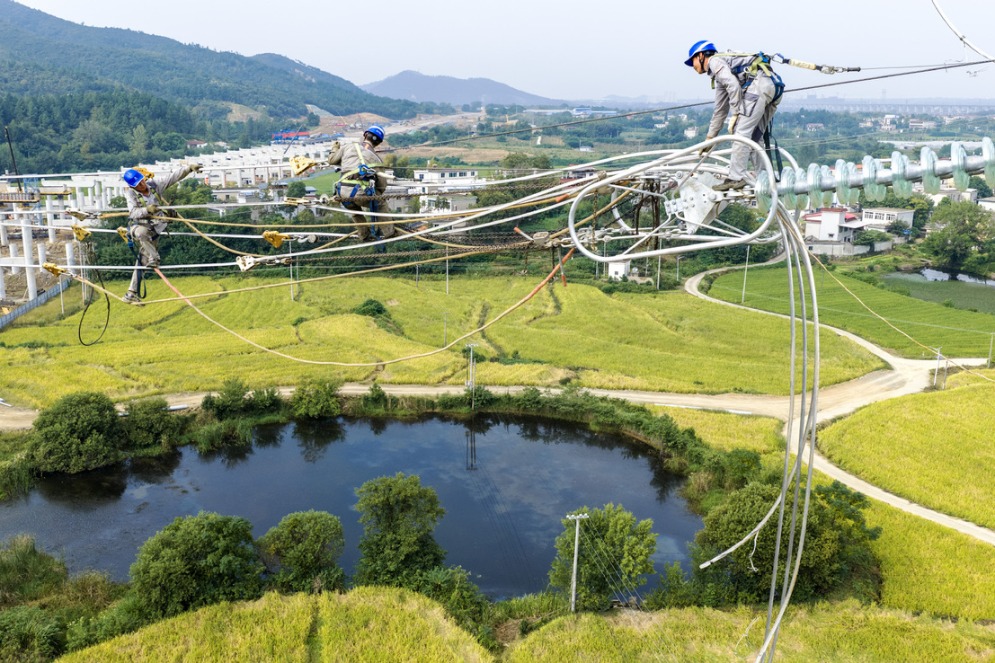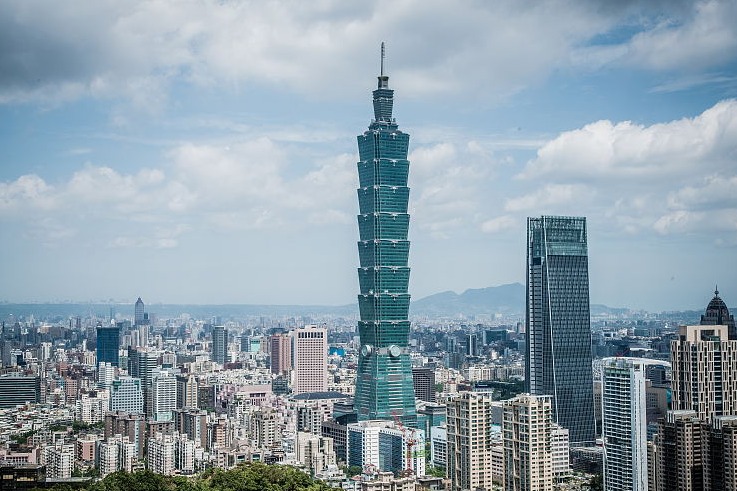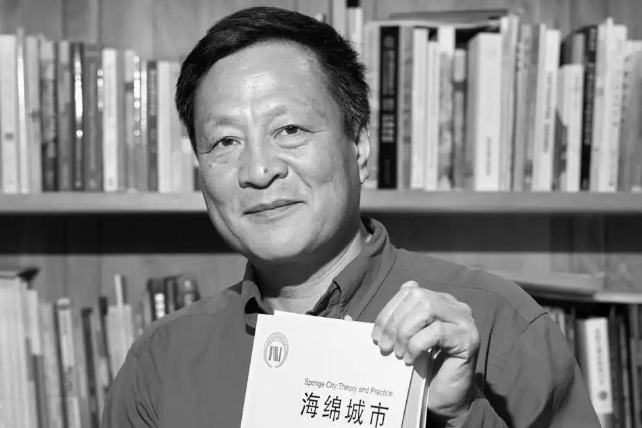ASEAN trade corridor to help develop western areas


Importance and challenges
Wang Yangkun, head of the transport technology development research center at the NDRC's Institute of Comprehensive Transportation, said the corridor is not only a strategic passage to promote western development and form a new pattern of development, but also a land and sea intermodal link connecting the Silk Road Economic Belt and the 21st Century Maritime Silk Road.
"As a trade corridor, it helps western regions be more actively involved in international economic cooperation and also boosts deep integration of transport, logistics and the economy," he said.
The corridor, based on the domestic market, aims to use Southeast Asia as a bridge to connect China with the world, said Zhou Fangye, an associate researcher at the Chinese Academy of Social Sciences' National Institute of International Strategy.
"Amid the backdrop of the global economic recession, the progress to link the world may be slower, but it is the ultimate goal," he said.
In the short term, the corridor aims to link China's western regions and boost regional development. In the last round of China's Western Development, each provincial region planned its own development, which caused unbalanced results. Some regions were more successful and became richer, but some lagged behind. The corridor is part of a new round of development in western regions, and a coordinated regional development plan that is more targeted will be carried out at the same time to boost balanced development, Zhou said.
In the medium term, the corridor will link western China with Southeast Asia to facilitate the transfer of industrial chains. In the long term, it will use Southeast Asia as a hub to further reach the world, he said.
Although efforts have been made and prospects are promising, challenges remain.
Wang said innovation will be required to develop a coordinated mechanism given the different parties involved.
"Coordinated development is also in line with China's regional development strategy in the new era," he said, adding that it requires teamwork from different parties, such as provincial governments and industries.
It also requires the removal of hurdles in the current system and the forming of an integrated management system, Wang said.
In October, 13 provincial-and city-level governments, including Chongqing and Guangxi, signed a framework agreement to promote the development of the corridor.
In December, a transport committee, initiated by China Railway Corp, was set up to coordinate logistics and public transport to boost the development of the corridor. Participants, including China Railway Container Transport and China COSCO Shipping Lines, are industry leaders in railway transport, ports and logistics.
- 5 dead after entering abandoned mine in East China
- Andersson seizes victory in Shanghai F1H2O showdown
- Red alert as Typhoon Matmo makes landfall in South China
- New reception hall aims to transform Guangzhou into international trade hub
- Typhoon Matmo to make landfall on Sunday
- Mid-Autumn Festival event promotes cross-Strait harmony in Fuzhou





































